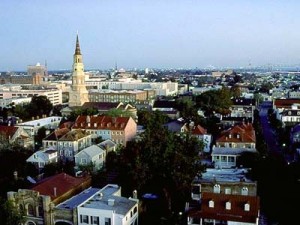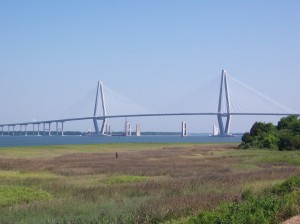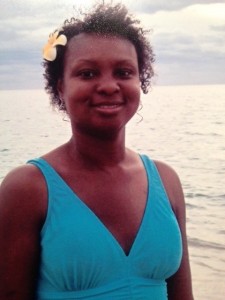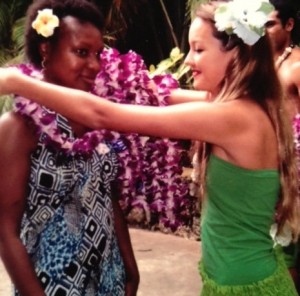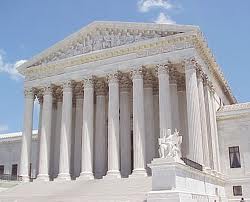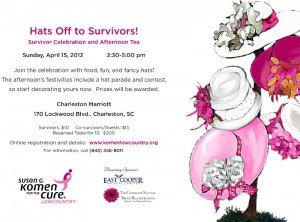 As you might already know, the month of October is National Breast Cancer Awareness Month! And our team couldn’t be prouder to reside in Charleston, where compassion and community-support is never in short supply.
As you might already know, the month of October is National Breast Cancer Awareness Month! And our team couldn’t be prouder to reside in Charleston, where compassion and community-support is never in short supply.
All over our historic city, local businesses have donated raffle items for BRADayUSA, an event happening designed to promote education, awareness, and access regarding post-mastectomy breast reconstruction. The proceeds from the event will go to the East Cooper Hospital Volunteers to assemble post-op care bags for all breast reconstruction patients upon discharge from East Cooper Medical Center.
Check out these local shops, boutiques, and businesses next time you go out for a little retail therapy! Shopping locally supports your community’s economy, and when you patronize these businesses, you join their charitable efforts in the fight against breast cancer.
So grab your purse, and hit the town! Here is your guide to good karma and great local shopping by the location:
West Ashley
Paul Baron MD/Cancer Specialists of Charleston
Cynthia Sunde & Robin Hoffman – Premier Designs Jewelry – Independent Distributors
Summerville
Lowcountry OB/GYN – & Lisa Henderson, Laser Technician
Daniel Island
James Island
Other:
The Little Black Book for Every Busy Woman
The Center for Natural Breast Reconstruction is overwhelmed with gratitude for these sponsors and their commitment to making a difference in our community! For info on BRAdayUSA events happening across the country check out www.BRAdayUSA.org
To learn more about our BRADayUSA on Wednesday, October 17, 2012, visit our Facebook Event page here. Be sure to join us aboard the Carolina Belle to celebrate the event with delicious food and outstanding prizes! Just RSVP to info@naturalbreastreconstruction.com.
